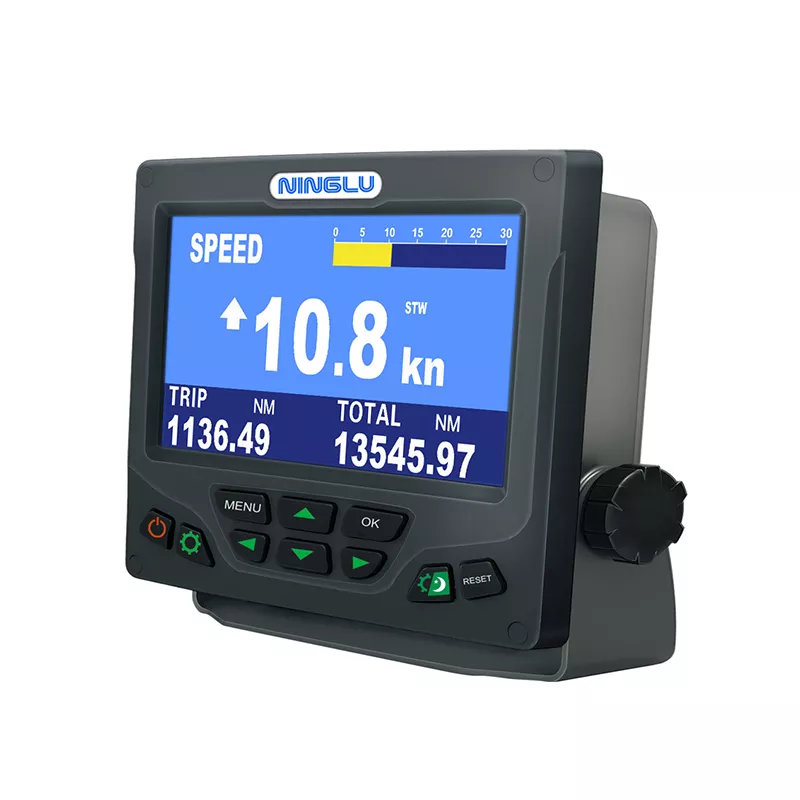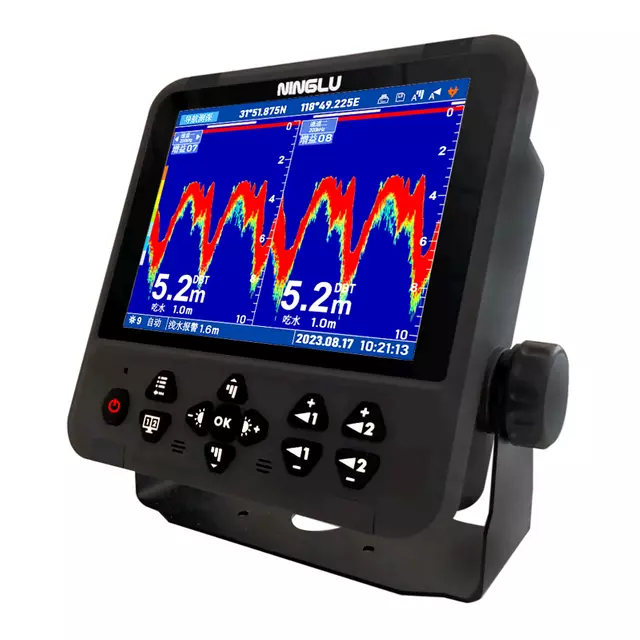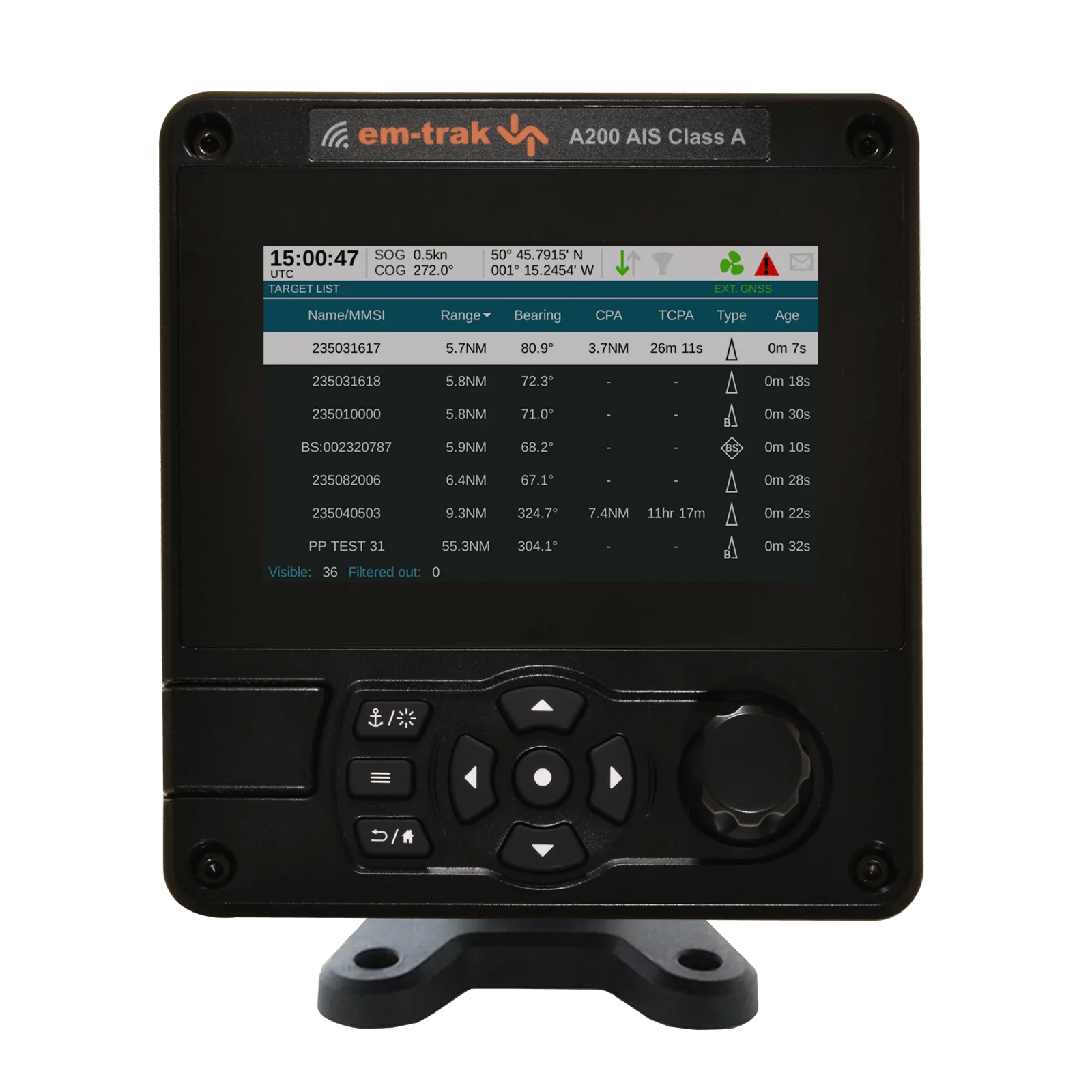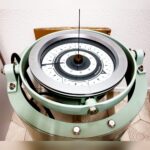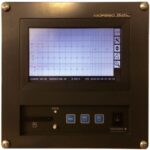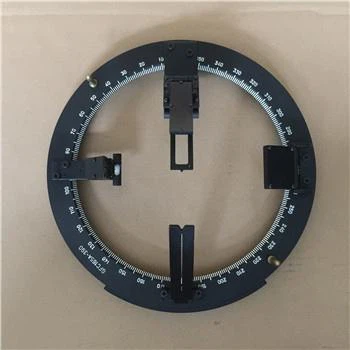GMDSS
The Global Maritime Distress and Safety System (GMDSS) stands as a cornerstone of maritime safety, ensuring vessels can communicate distress signals and receive assistance promptly. Developed by the International Maritime Organization (IMO), GMDSS integrates various communication technologies to enhance safety at sea.
Understanding GMDSS
GMDSS is a comprehensive framework that mandates the use of specific communication equipment and procedures for ships navigating international waters. Its primary goal is to facilitate rapid and efficient distress alerting and search and rescue operations.
Key Components of GMDSS
- EPIRB (Emergency Position Indicating Radio Beacon): Activated in distress situations to alert rescue services and provide the vessel’s precise location.
- SART (Search and Rescue Transponder): Aids in locating vessels or lifeboats by responding to radar signals from search aircraft or vessels.
- Navtex (Navigational Telex): Delivers navigational and meteorological warnings and forecasts to ships in specified coastal areas.
- VHF (Very High Frequency) Radio: Used for short-range communication and distress calling within coastal areas.
- MF/HF (Medium Frequency/High Frequency) Radio: Enables long-range communication and distress alerts over larger maritime regions.
10 FAQs about GMDSS
| Question | Answer |
|---|---|
| What is the purpose of GMDSS? | GMDSS aims to enhance maritime safety by ensuring vessels can communicate distress signals and receive assistance swiftly. |
| Which vessels are required to carry GMDSS equipment? | All SOLAS (Safety of Life at Sea) vessels are mandated to carry GMDSS equipment. |
| How does EPIRB work? | EPIRBs transmit distress signals via satellite to alert rescue services about a vessel or individual in distress. |
| What role does SART play in GMDSS? | SARTs help locate vessels or lifeboats in distress by responding to radar signals. |
| What information does Navtex provide? | Navtex delivers navigational warnings, meteorological forecasts, and other safety-related information. |
| Can GMDSS equipment be used for routine communication? | Yes, GMDSS equipment supports both distress communication and routine operational communication. |
| How often should GMDSS equipment be tested? | GMDSS equipment must be tested regularly as per regulations to ensure functionality during emergencies. |
| Are there different GMDSS requirements for various sea areas? | Yes, GMDSS requirements vary based on sea areas and vessel types, ensuring appropriate safety measures. |
| Why are VHF radios significant in GMDSS? | VHF radios are crucial for short-range communication and distress alerts in coastal areas. |
| How has GMDSS improved maritime safety? | GMDSS has reduced response times to distress calls, facilitated coordinated rescue efforts, and enhanced overall maritime safety. |
Conclusion
Understanding GMDSS is vital for anyone involved in maritime activities. By leveraging its components and adhering to regulations, ships can navigate safer waters and respond effectively in emergencies, ultimately saving lives at sea.


